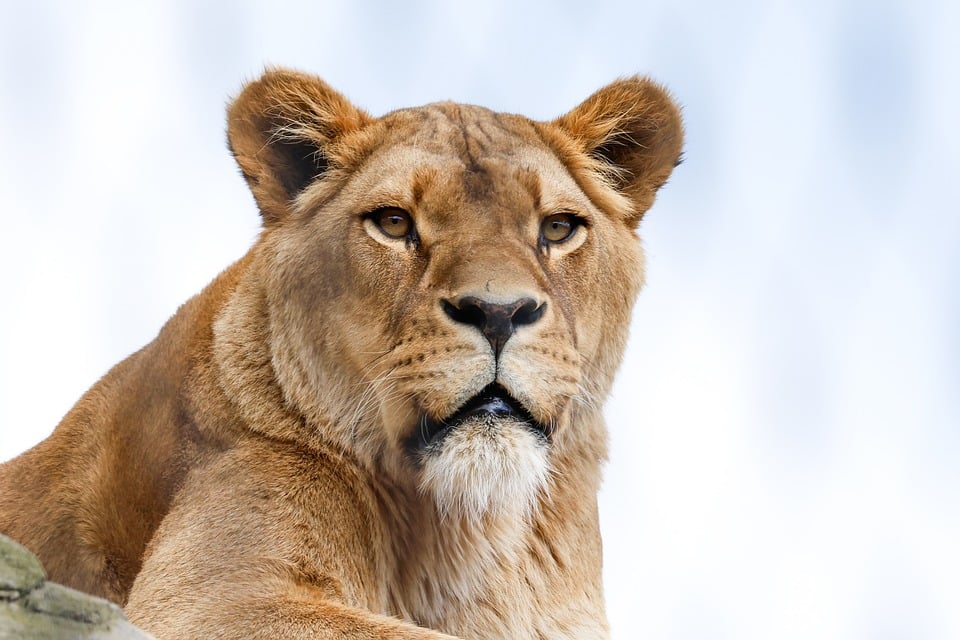Hurricane Beryl wreaked havoc on the Houston area, leaving a trail of destruction in its wake. As the storm passed through, it not only caused damage to homes and infrastructure but also had a significant impact on the local wildlife population. Brooke Yahney, the director of wildlife at the Houston SPCA, found herself at the forefront of the rescue efforts as she braved the storm to feed and care for animals in need.
The aftermath of Hurricane Beryl saw an influx of injured and displaced wildlife at the Houston SPCA. The organization, which typically takes in 40 to 50 animals a day, found itself overwhelmed with over 700 animals in need of assistance. The total number of animals brought in by the end of the week reached 1,800, highlighting the scale of the impact the storm had on the local wildlife population.
Yahney and her team worked tirelessly to triage and care for the animals that were brought in. The sheer volume of animals requiring attention meant that they had to work quickly and efficiently to provide the necessary care. The effects of extreme weather events like hurricanes can be devastating for wildlife, leading to habitat destruction, displacement, and increased human-animal conflict.
The Houston SPCA’s efforts to rescue and rehabilitate wildlife in the aftermath of Hurricane Beryl underscore the importance of human intervention in aiding already vulnerable animal populations. With habitat loss and urbanization already posing significant threats to wildlife, natural disasters like hurricanes can further exacerbate these challenges. By stepping in to help injured and displaced animals, organizations like the Houston SPCA play a crucial role in mitigating the impact of such events on wildlife.
The story of the egret hatchlings knocked from their nests during the storm serves as a poignant reminder of the vulnerability of wildlife in the face of natural disasters. Residents who found these helpless hatchlings on the ground reached out to the Houston SPCA for help, resulting in a massive rescue operation to save as many animals as possible. The dedication and compassion shown by the SPCA staff and volunteers in caring for these animals highlight the resilience and adaptability of wildlife in the face of adversity.
As climate change continues to fuel more intense and frequent extreme weather events, the challenges faced by wildlife are only expected to increase. Hurricanes like Beryl can have long-lasting effects on local ecosystems, disrupting migration patterns, and causing widespread habitat destruction. Despite these challenges, there is hope for the resilient wildlife of Houston. Urban wildlife, in particular, has shown remarkable adaptability in the face of changing environmental conditions, giving conservationists like Yahney and her team a glimmer of hope for the future.
In conclusion, the story of the Houston SPCA’s response to Hurricane Beryl sheds light on the critical role that human intervention plays in supporting wildlife in times of crisis. By working together to rescue and rehabilitate injured animals, we can help ensure the survival and well-being of vulnerable species in the face of natural disasters. As we continue to grapple with the impacts of climate change, it is more important than ever to prioritize the protection of our wildlife and natural habitats.





